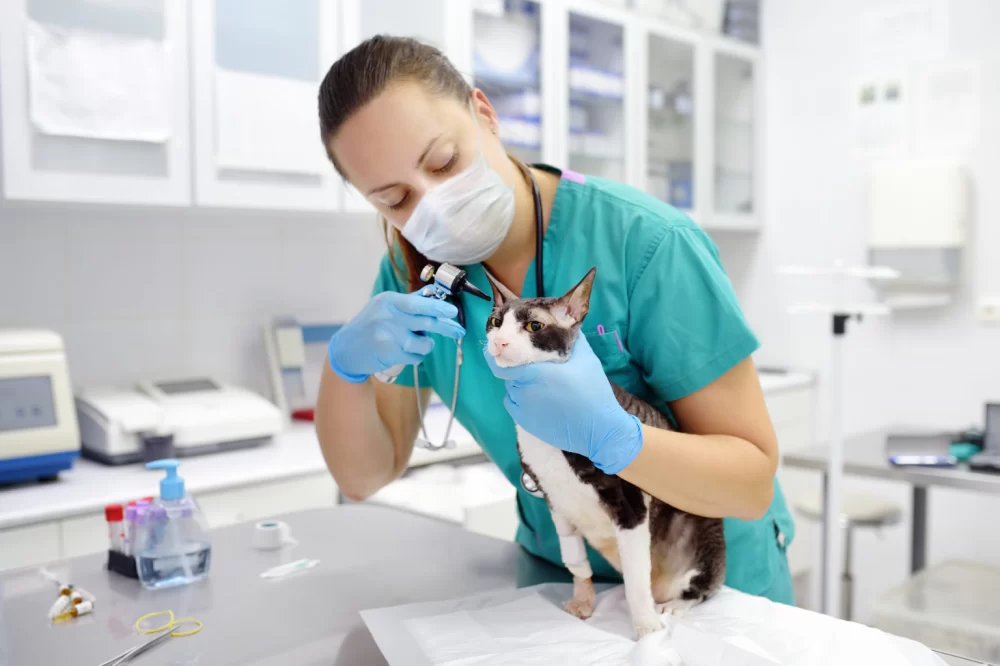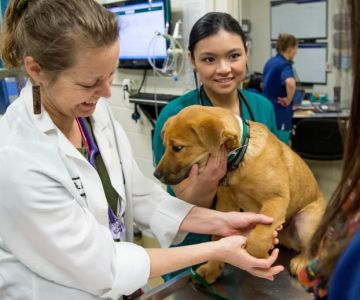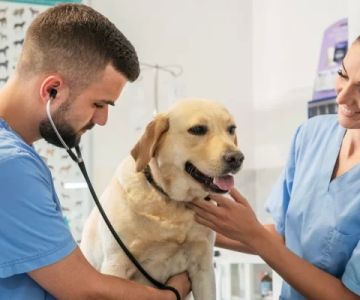Steps to Obtain Your Veterinary License in the USA
- education-requirements
- passing-the-nbve-exams
- state-licensing-requirements
- application-process
- continuing-education-and-renewal
- tips-for-successful-licensing
1. Meet Education Requirements by Earning a DVM Degree
Obtaining a veterinary license in the USA begins with earning a Doctor of Veterinary Medicine (DVM) degree from an accredited veterinary college. This rigorous program typically spans four years and includes coursework in animal anatomy, physiology, pathology, and clinical skills. Hands-on experience through clinical rotations is vital to prepare students for practical veterinary practice. For example, many students attend schools accredited by the American Veterinary Medical Association (AVMA), which ensures a high standard of education recognized across states.
Real-world stories highlight how graduates from programs like these gain the knowledge and confidence to succeed in their licensing exams and clinical work. Completing this essential education step sets the foundation for entering the veterinary profession.
2. Pass the National Board Veterinary Examination (NBVE)
After graduation, aspiring veterinarians must pass the North American Veterinary Licensing Examination (NAVLE), commonly referred to as the NBVE. This comprehensive exam assesses knowledge across all areas of veterinary medicine, including surgery, pharmacology, and infectious diseases. The NAVLE is administered twice a year, and preparing for it requires dedicated study, often including review courses and practice tests.
Passing this exam demonstrates readiness to practice and is a critical step in the licensing process. Many successful candidates share strategies like forming study groups or using online resources to conquer the exam.
3. Understand and Fulfill State Veterinary Licensing Requirements
Each U.S. state has its own veterinary licensing board that sets specific requirements beyond the NAVLE. These may include additional exams on state laws, background checks, or proof of clinical experience. For instance, some states require a jurisprudence exam to test knowledge of local veterinary regulations and ethical standards.
Researching the requirements of the state where you intend to practice is crucial. Veterinarians often consult their state's veterinary board website or contact officials for guidance. Tailoring your application to meet these specific criteria ensures a smoother licensing journey.
4. Complete the Veterinary License Application Process
The application phase involves submitting detailed documentation such as transcripts, exam scores, proof of good moral character, and fees. Some states require fingerprinting or additional verification steps. The process can take several weeks to months depending on the state board’s workload and completeness of your submission.
Case examples show how applicants who prepare all paperwork meticulously and follow up regularly experience faster approvals. Staying organized and responsive can significantly impact the timeline of receiving your license.
5. Maintain Your License with Continuing Education and Renewals
Once licensed, veterinarians must participate in continuing education (CE) to keep their knowledge current and renew their licenses periodically. Requirements vary by state but typically include completing a certain number of CE hours annually or biennially, covering topics like new medical treatments and ethical practices.
Veterinarians share how ongoing education not only fulfills legal obligations but also enhances their ability to provide high-quality care. Many attend workshops, conferences, or online courses through professional associations to meet these requirements.
6. Tips for Successfully Navigating the Veterinary Licensing Process
Successfully getting your veterinary license involves careful planning and persistence. Some expert tips include starting the application process early, keeping track of all deadlines, and seeking mentorship from licensed veterinarians who can share their experiences. Networking through professional groups also provides valuable support and information.
Stories of veterinarians who overcame licensing challenges inspire new graduates to stay motivated. Using available resources wisely and maintaining a clear focus on your goal will lead you to achieve licensure and launch a rewarding veterinary career.
Embark on Your Veterinary Career with Confidence
Understanding how to get a veterinary license in the USA is essential for anyone passionate about animal health. By following these detailed steps—completing your education, passing exams, meeting state requirements, and staying committed to continuing education—you set yourself up for a successful veterinary practice.
If you’re ready to take the next step, explore comprehensive licensing preparation guides and resources that can help you prepare effectively. Start your journey today and join the ranks of compassionate, skilled veterinarians dedicated to making a difference.












